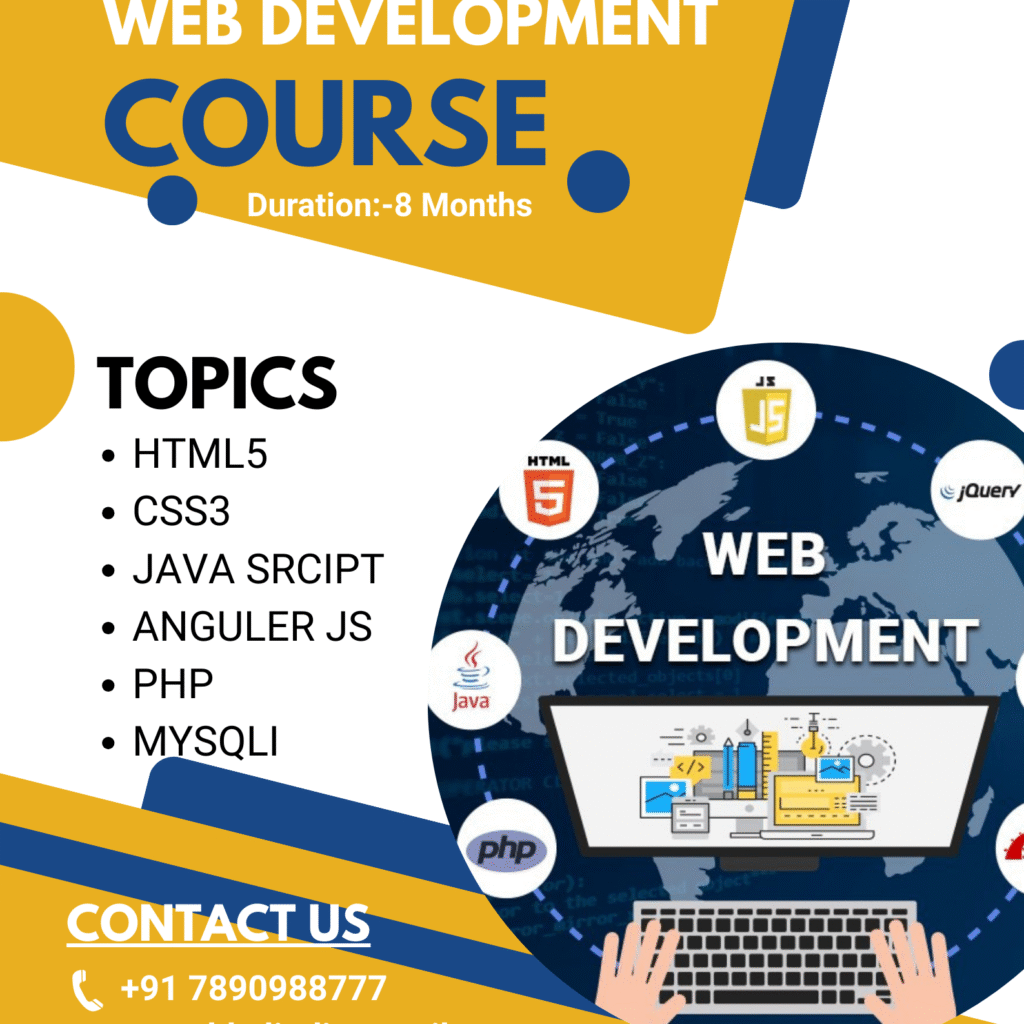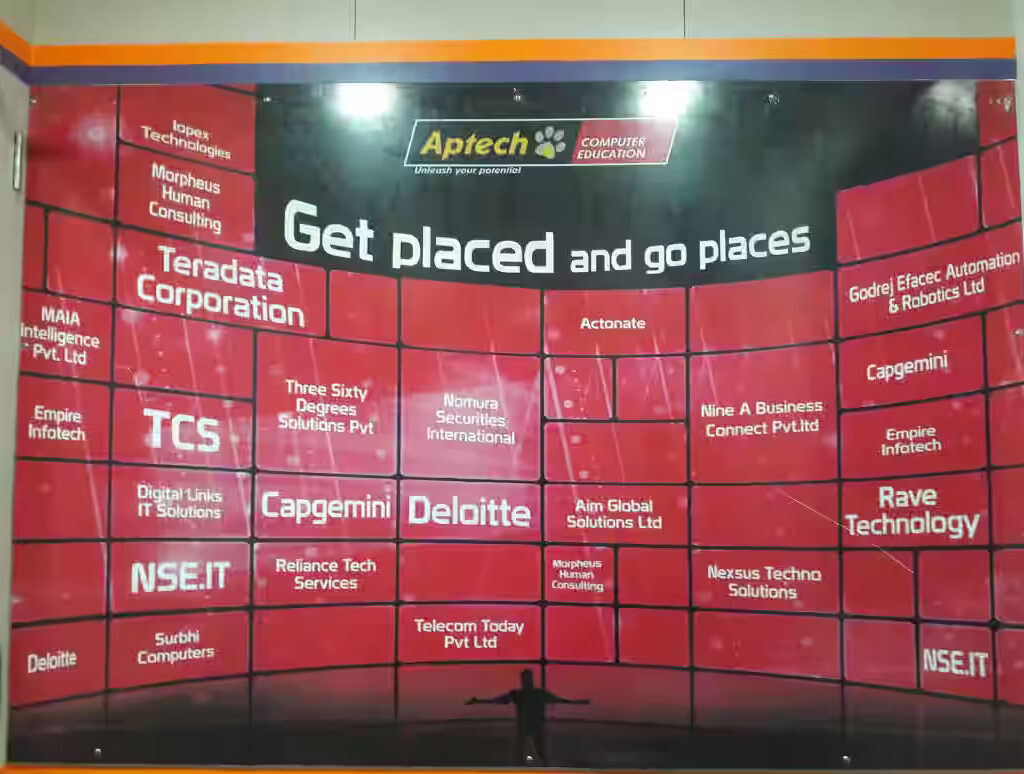Full stack web development involves building both the front-end and back-end of websites and web applications. It covers everything from designing user interfaces and managing databases to developing server-side logic and deploying applications. A full stack developer has the skills to bring a complete digital product to life, handling every layer of the tech stack.
- 100% Free for Eligible Students & Teachers
- Placement assistance support
- Industry related certification
- Cloud Storage with OneDrive
- Seamless Collaboration for Group Projects
- Work Anywhere, Anytime
Course Duration
8 Months
Eligibility Criteria
10+2
Learning Mode
Offline/Online
Batches
Weekday/Weekend
Course Content
Fontend Development
Module 1: Introduction to Web Development
What is frontend vs backend?
How the web works (Client-Server model)
Overview of HTML, CSS, and JavaScript
Tools setup: Code editor (VS Code), Browsers, Extensions
Module 2: HTML5 – Structure of Web Pages
Basic tags: headings, paragraphs, lists, links, images
Forms and input types
Semantic HTML (header, footer, article, section, etc.)
Accessibility basics (ARIA roles)
Module 3: CSS3 – Styling Web Pages
CSS syntax and selectors
Colors, typography, box model
Positioning (static, relative, absolute, fixed)
Flexbox and CSS Grid
Responsive design (media queries)
CSS transitions and animations
Using external CSS libraries (Bootstrap/Tailwind basics)
Module 4: JavaScript (ES6+) – Logic and Interactivity
- Variables (let, const), data types
- Operators and expressions
- Control flow (if/else, switch)
- Loops (for, while)
- Functions and arrow functions
- Arrays and objects
- DOM Manipulation
- Event handling
- Form validation
- Local Storage
Module 6: Frontend Framework – React.js
Introduction to React and component-based architecture
JSX syntax
Functional components and props
State and useState hook
useEffect and lifecycle
Conditional rendering and lists
Handling forms in React
React Router (SPA navigation)
Lifting state and prop drilling
Introduction to Context API / Redux (optional)
Backend Development
Module 1: Introduction to Backend Development
What is backend development?
Frontend vs Backend vs Full Stack
Overview of servers, databases, APIs
Understanding the request-response cycle
Tools setup: Node.js, npm, code editor (VS Code), Postman
Module 2: Node.js Fundamentals
Introduction to Node.js and npm
Working with modules (built-in and external)
File system (fs), path, os modules
Handling asynchronous code (callbacks, promises, async/await)
Creating a basic web server with
httpmodule
Module 3: Express.js – Web Framework
Setting up Express
Routing and middleware
Handling query parameters and request bodies
Serving static files
Error handling in Express
Using Postman to test APIs
Module 4: Databases Relational (SQL) and Non-Relational (NoSQL)
Introduction to databases
MongoDB (NoSQL) with Mongoose ORM
Connecting to MongoDB
Defining schemas and models
CRUD operations
PostgreSQL or MySQL (optional advanced topic)
Data relationships and population in MongoDB
Module 5: RESTful API Design
REST principles and HTTP methods
Structuring RESTful endpoints
CRUD APIs for resources (e.g., users, products)
Pagination, filtering, and sorting
Validation with express-validator or Joi
Module 6: Deployment & DevOps Basics
Deploying Node.js apps (Render, Railway, Vercel, or Heroku)
Introduction to CI/CD (GitHub Actions basics)
Managing production environments
Using MongoDB Atlas (cloud DB)
Monitoring and logging in production
Module 10: Capstone Project
Design and build a full RESTful API
Integrate with a frontend (React/Vue)
Deploy full stack application
Document the API using Swagger or Postman
Key Features Of Course
Comprehensive Curriculum
Hands-On Practical Training
Expert Faculty
Flexible Learning Options
Updated Software Access
Certification
Career Support
Interactive Classrooms
Tools
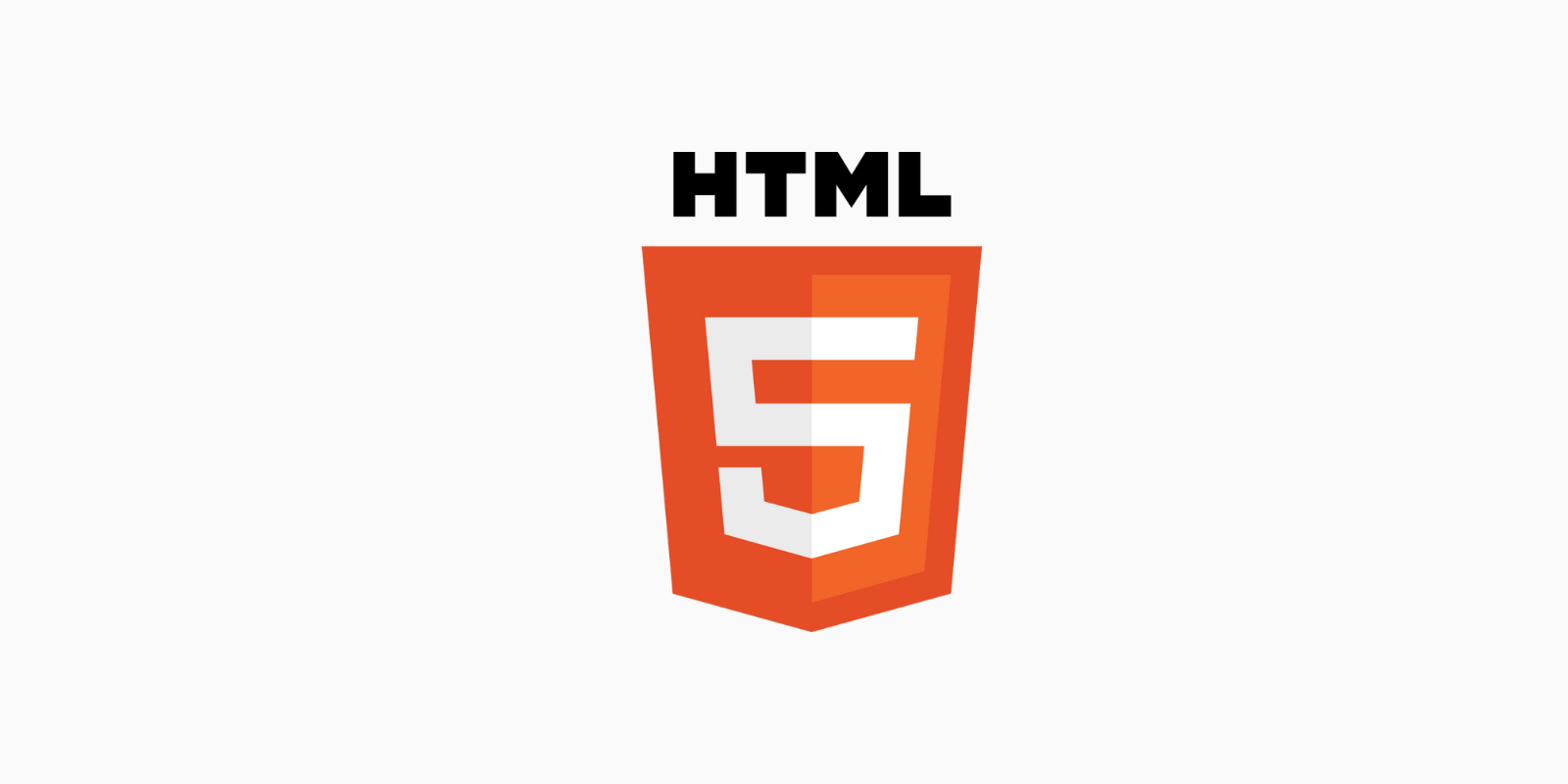
HTML
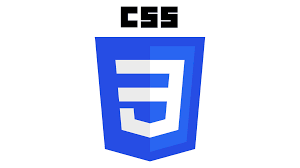
CSS
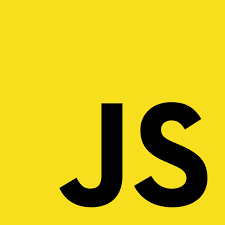
JAVASCRIPT
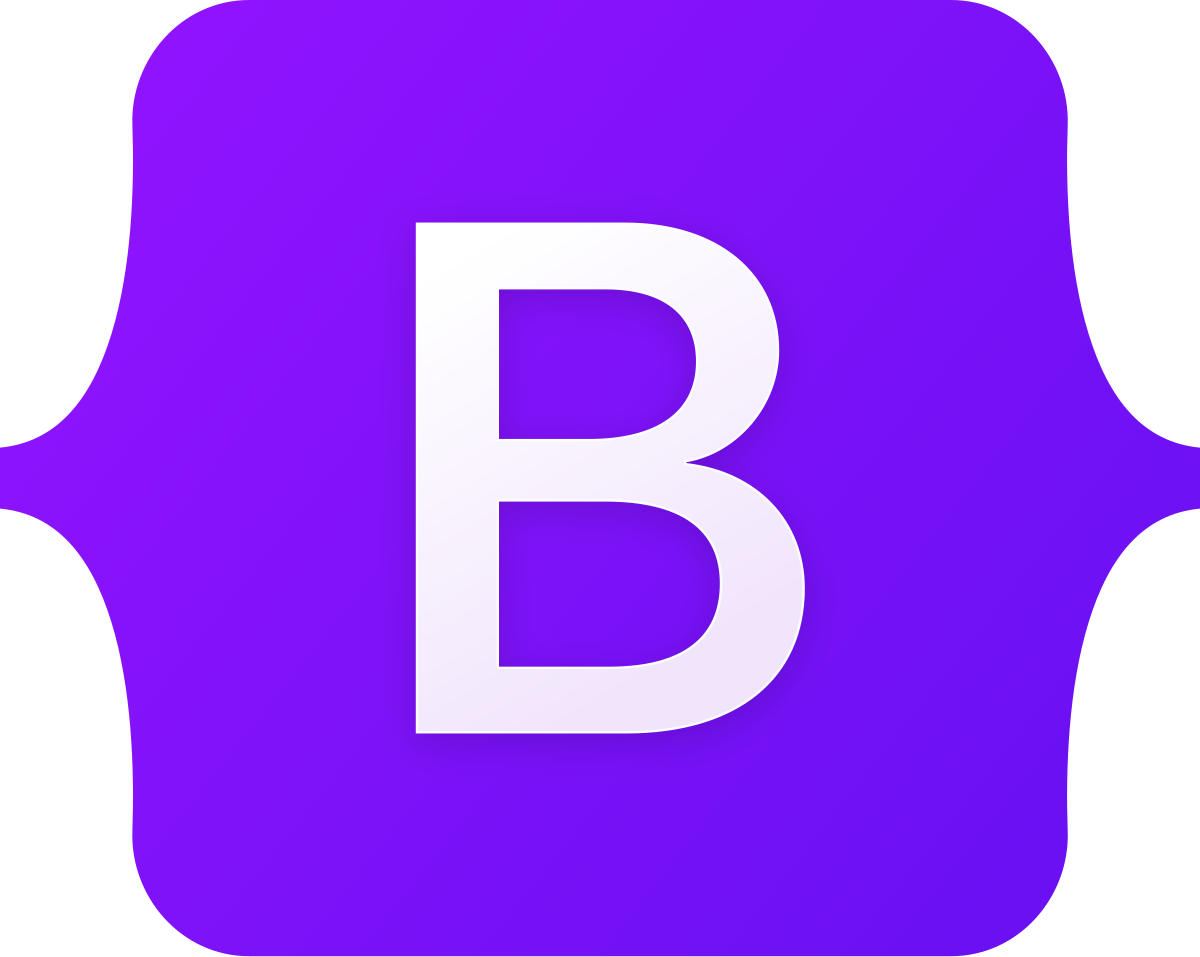
BOOTSTRAP
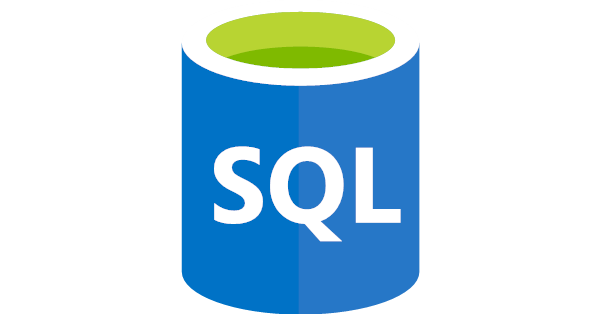
SQL
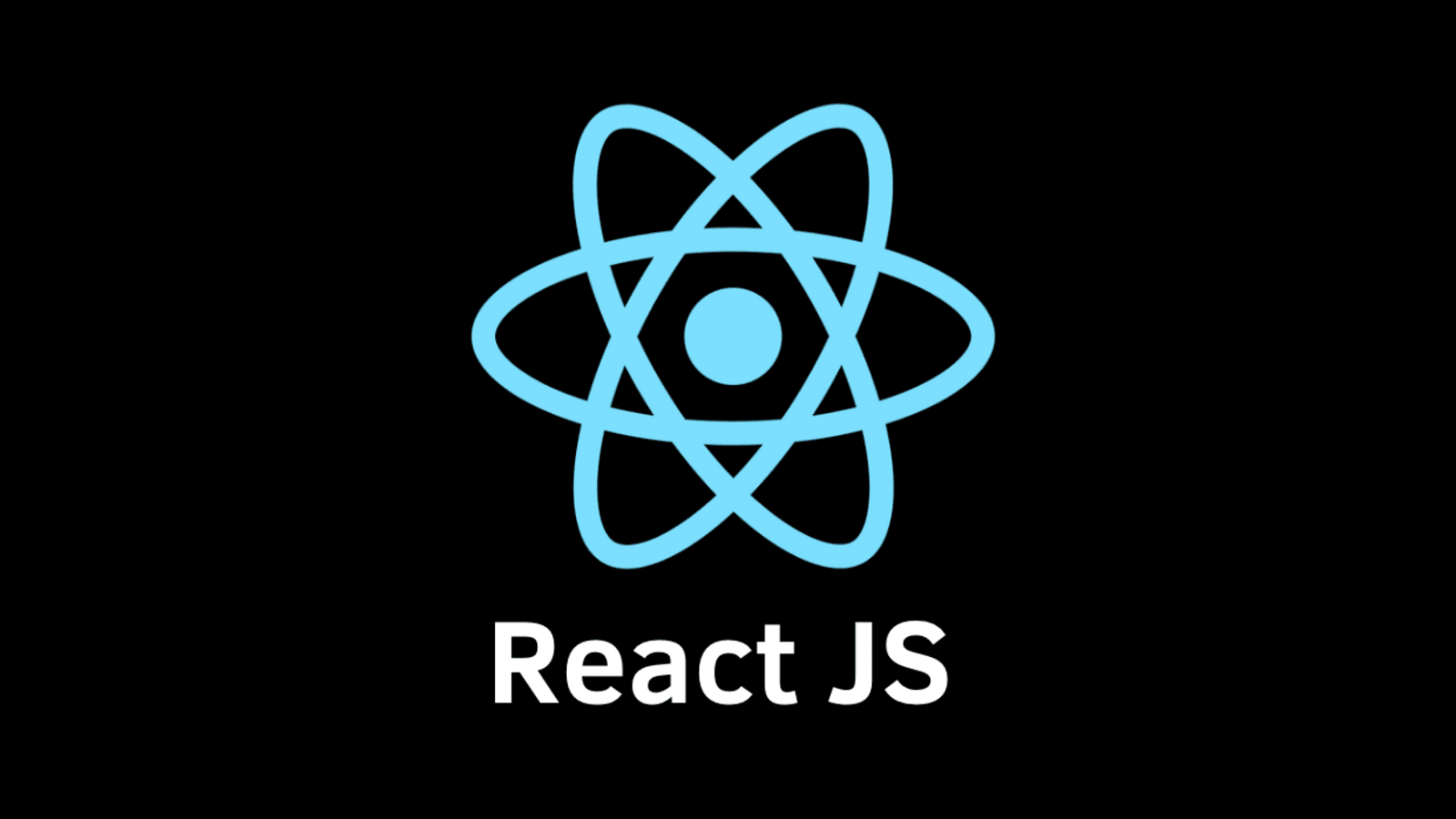
REACTJS
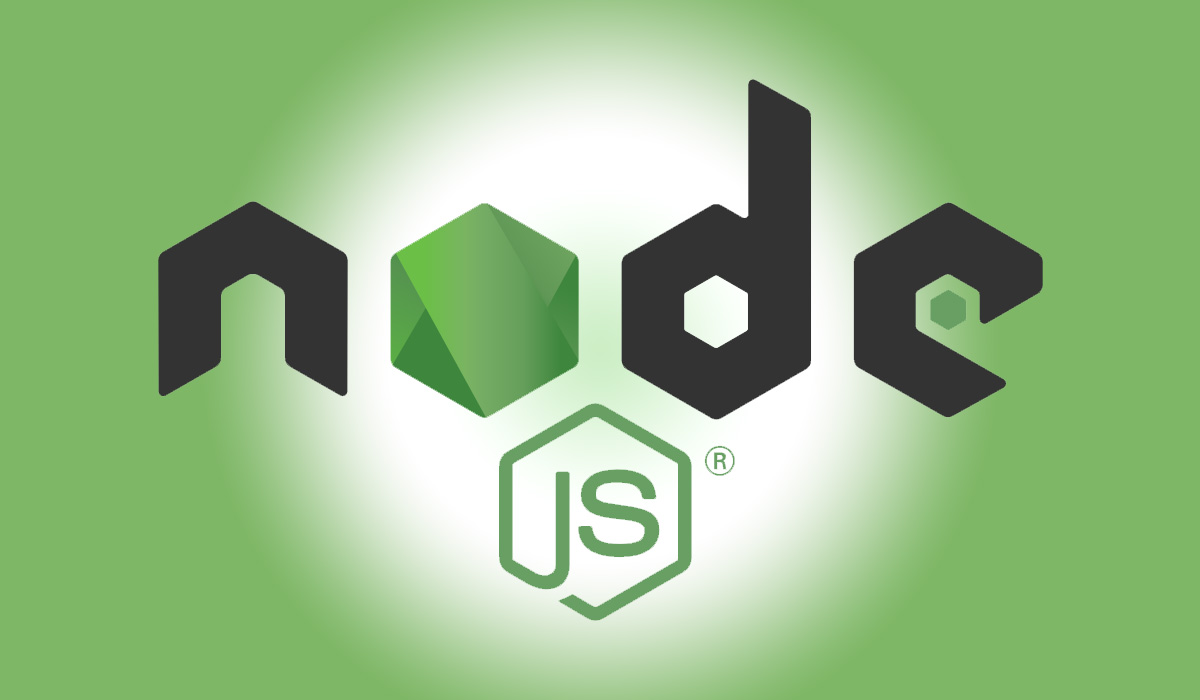
NODEJS
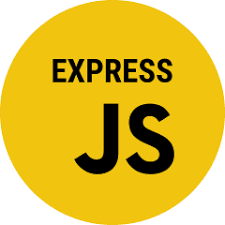
EXPRESSJS
Why Learn MIS Advance Course
🔄 End-to-End Development Skills
You can build complete web applications — from the user interface to the server and database.💼 High Demand in the Job Market
Companies value developers who can work on both frontend and backend, reducing the need for multiple specialists.💰 Better Salary Potential
Full stack developers often earn more due to their broad skill set and flexibility.🚀 Faster Prototyping & Development
Being able to handle the full stack lets you build and launch projects faster without waiting on others.🌍 Work on Diverse Projects
From single-page apps to large-scale platforms, your skillset will let you contribute across various parts of a project.🧠 Improved Problem-Solving
Understanding the full system architecture helps in debugging and optimizing apps more effectively.🛠️ Great for Freelancers & Entrepreneurs
You can build, deploy, and manage entire web projects independently.📈 Scalable Career Growth
Opens doors to roles like Full Stack Developer, Tech Lead, Software Architect, or CTO.🌐 Understanding of Entire Product Lifecycle
You gain insight into how frontend and backend systems interact, improving your design and planning abilities.
Certifications
Upon successful completion of the Microsoft Office course at Aptech Laketown, you will receive a recognized certificate that validates your skills and proficiency in Microsoft Office applications such as Word, Excel, PowerPoint, and Outlook.
This certificate serves as a valuable credential to:
Enhance your resume and job prospects
Demonstrate your expertise to academic institutions or employers
Boost your confidence in using Microsoft Office tools for professional and personal tasks
Our certification reflects the comprehensive training and practical experience gained during the course, ensuring you are well-prepared to meet real-world challenges.
FAQS
1. What is Full Stack Web Development?
Full stack web development involves building both the frontend (user interface) and backend (server, database, APIs) of a website or web application.
2. Do I need to know programming before starting?
No prior experience is required for most beginner-friendly courses. You’ll start with the basics of HTML, CSS, and JavaScript and gradually build up your skills.
3. Which languages and technologies will I learn?
Common full stack stacks include:
Frontend: HTML, CSS, JavaScript, React.js
Backend: Node.js, Express.js
Database: MongoDB or PostgreSQL
4. How long does it take to become a Full Stack Developer?
Depending on your pace, it typically takes 8-9 months of consistent learning to become job-ready. Deeper mastery can take longer.
5. What kind of projects will I build?
You’ll build real-world projects like:
To-do apps
Blogs
E-commerce platforms
RESTful APIs
Full-featured dashboards
6. Do I need a computer science degree?
No. Many full stack developers are self-taught or come from bootcamps. Skills and portfolio matter more than a degree in most hiring processes.
7. Is full stack development a good career path?
Yes! It’s one of the most in-demand and versatile roles in tech, offering strong salary potential and diverse job opportunities.
8. What tools will I use?
Common tools include:
Code Editors: VS Code
Version Control: Git & GitHub
Testing: Postman, Jest
Deployment: Vercel, Netlify, or Heroku
9. Will I learn deployment and DevOps?
Yes, basic deployment techniques (using Vercel, Netlify, or Render) are usually covered. More advanced DevOps topics may be optional or in advanced modules.
10. What’s next after completing the course?
You can:
Start freelancing
Apply for junior/full stack developer roles
Contribute to open source
Build your own products or SaaS apps


